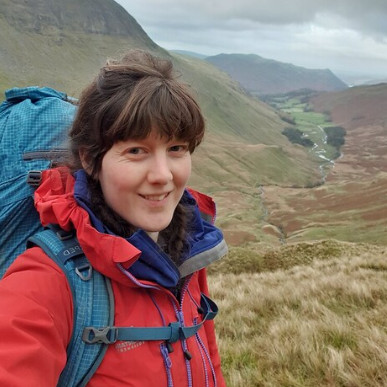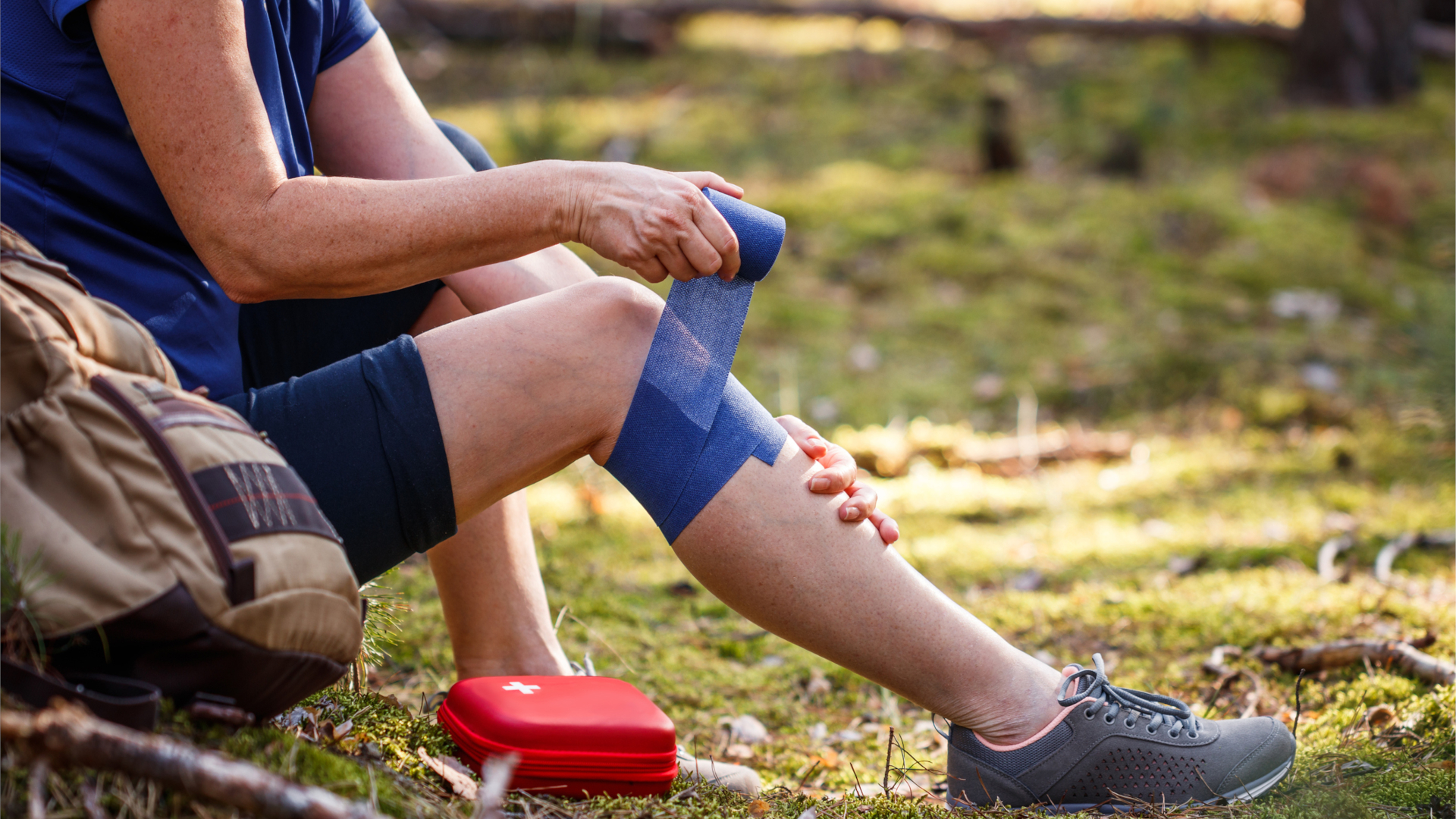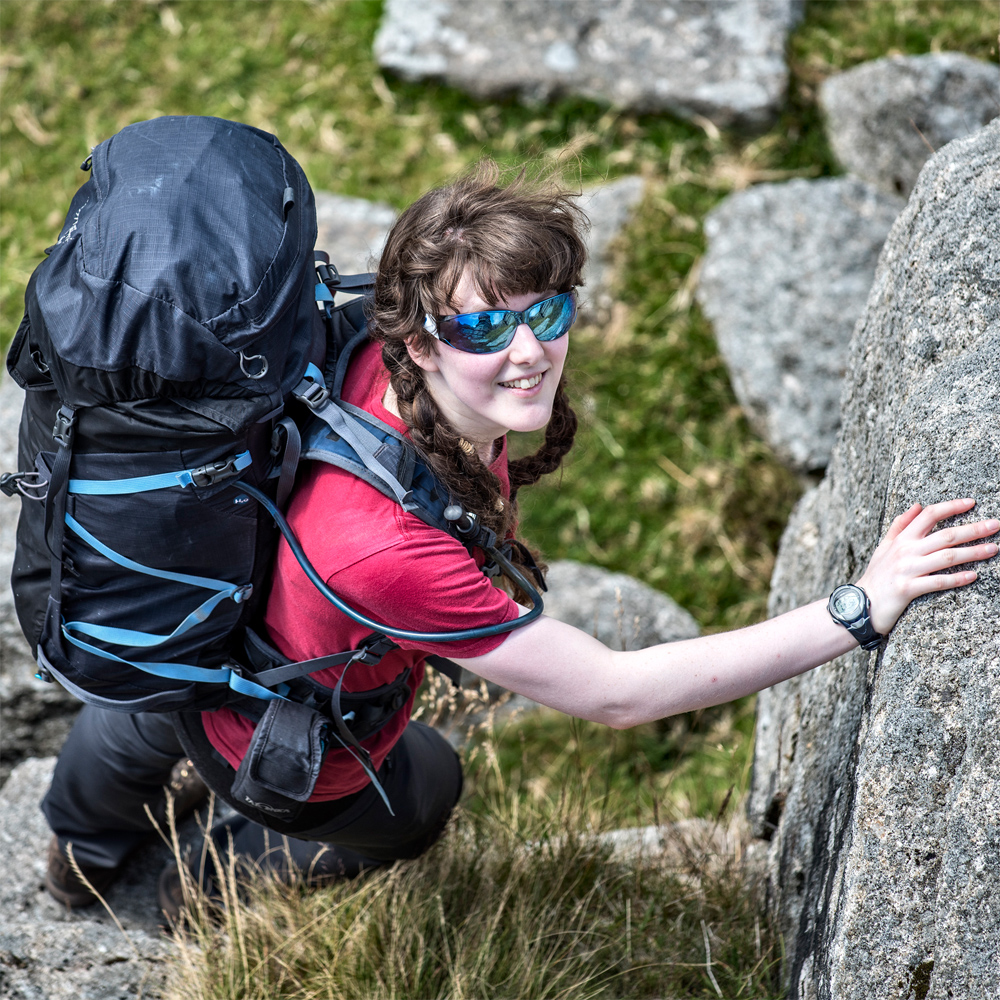Hiking first aid kit: why you need one for everyday instances and emergency situations
Carrying a hiking first aid kit is essential, as a few strategic medical provisions can solve common issues and go as far as saving the day if something goes wrong...

First aid is exactly what it implies, the first bit of help you can give a casualty before, if necessary, they are seen by more equipped and experienced medical professionals. In the case of a hiking first aid kit, it's often a case of being able to give a bit of in situ patching up, before the injured party gets back to the valley and can fix the issue properly.
Think of it as being a bit like when you duct-tape your ripped tent fabric until you get home and can fix it more permanently – except instead of a tent, it’s someone’s body – possibly your own – that you’re temporarily patching up.
The idea of the best first aid kits for hiking is to enable you to do just enough to keep things together while you’re out on the trails, and for everything you need to fit conveniently in your hiking backpack. Then you can get proper medical attention – or be magically cured by cake and sofa time – once you’re back in civilization.
Meet the expert

Based in southern England's Dartmoor National Park, Emily is an active member of Mountain Rescue and a certified Mountain Leader. Her qualifications in outdoor first aid coupled with experience of rescue situations means she knows the value of a quality first aid kit when exploring the backcountry.
Today's best deals
What you need to consider for your first aid kit
- Some items can be lifesaving, like antihistamines or specific medication
- When choosing or making your first aid kit, balance practicality with safety
- The three main factors to consider are the types of injury that might occur, the likelihood of them occurring and how remote you're going to be.

Some of hiking first aid kit items can be life-saving, like antihistamines or specific medication for a member of your party, such as an epipen. They won’t fix the problem necessarily, but they might keep things at bay just long enough for rescue to arrive. Other items might be basically a fix in themselves.
No one wants to have to do first aid, but carrying the right kit with you is a good insurance policy whenever you hit the trails because attempting triage without the right equipment and supplies is much worse. This is why a hiking first aid kit is high on our list of hiking essentials and should be on everyone's camping checklist.
No one is asking you to pack a huge bag full of bandages, splints and an ECG machine. Absolutely not. The key to finding the best first aid kit or building your own first aid kit for camping and hiking is balancing safety against practicalities – very much as you do in normal life. It's important to know what you need in a first aid kit and adapt this for your adventures. It should go without saying that you don't need to carry a full Mountain Leader kit if you're hiking on your own; while on the flipside, a pocket trekking first aid kit won't cut it if you're leading a big group.
The three main factors to consider when assembling your hiking first aid kit are the types of injuries you might encounter, the likelihood of those injuries occurring and how remote you are intending to go on the trails. Follow these steps and you’ll be able to put together the perfect first aid kit for your activity.
All the latest inspiration, tips and guides to help you plan your next Advnture!
Types of injury you might encounter
- For a first aid kit, you only need to consider injuries you could actually fix
- Common ailments are likely to be cuts, breaks and sprains or insects stings and bites
- If you're heading up a cold mountain, blizzard jackets, survival blankets and group shelters are important

For people of a nervous disposition – or who like writing risk assessments – this will be very easy to think through. Given the type of activity you’re doing, what sorts of things might go wrong? This should include anything and everything, from cuts, breaks and sprains to bee stings and mild indigestion. Of course, for the purposes of a first aid kit, you only need to consider fixable hiking injuries. Being eaten by a crocodile or abducted by aliens are off the list.
Of course, it's not just to the direct injury we are concerned with here, but the consequences of not being able to get down to civilisation quickly. If you're going up a mountain, you need enough layers to keep warm in the event of becoming immobile. Blizzard jackets, survival blankets and group shelters are all good options for keeping warm.
Likelihood of injury occurring
- Consider how likely it will be for an injury to occur based on the circumstances of the adventure
- Breaks and sprains are more likely during more dynamic pursuits
- Cuts are likely during climbing or scrambling; blisters are likely on long hikes

Next up, go through your list and consider how likely you are to encounter each one. You don’t have to give them ratings out of ten or anything so specific. Just get a vague idea of how common injuries are in your chosen activity. For example, breaks and sprains are probably more likely in trail running or fast-moving activities. Cuts are more likely when rock or scrambling is involved, blisters for hiking long distances – and so on. It’s not an exact science but just get a feel.
Remoteness
- If you're not straying too far from potential help, you shouldn't need loads of first aid provisions
- If you're going on a remote, long-distance hike, you'll need much more

Finally, you can work out which of these injuries you feel you need to pack prevention for based on how remote you will be going. For example, if you are going for a trail run only a couple of hours from your home, you might not feel the need to take much by way of a hiking first aid kit – you can probably hobble back home regardless, or get help.
On the other hand, if you are going on a long-distance wilderness hike, your hiking first aid kit will be more extensive. You may need to think about things like insect repellent and consider dry bags to ensure your supplies don't get damp. A multitool is a great asset as it negates the need for separate scissors and tweezers and has all manner of applications. Plus in countries where medical aid is sparse, you might choose to take even more first aid provisions with you.
An adventure writer based on Dartmoor, England, Emily is an active member of Mountain Rescue and a summer Mountain Leader, but loves all things adventure – before her third birthday she had lived on three continents. Founder of Intrepid magazine, she works to help break stereotypes about women in the outdoors. Her expeditions have included walking all Dartmoor’s 119 tors in a single two-week outing, cycling to Switzerland and back, and riding the Rhine from source to sea.

